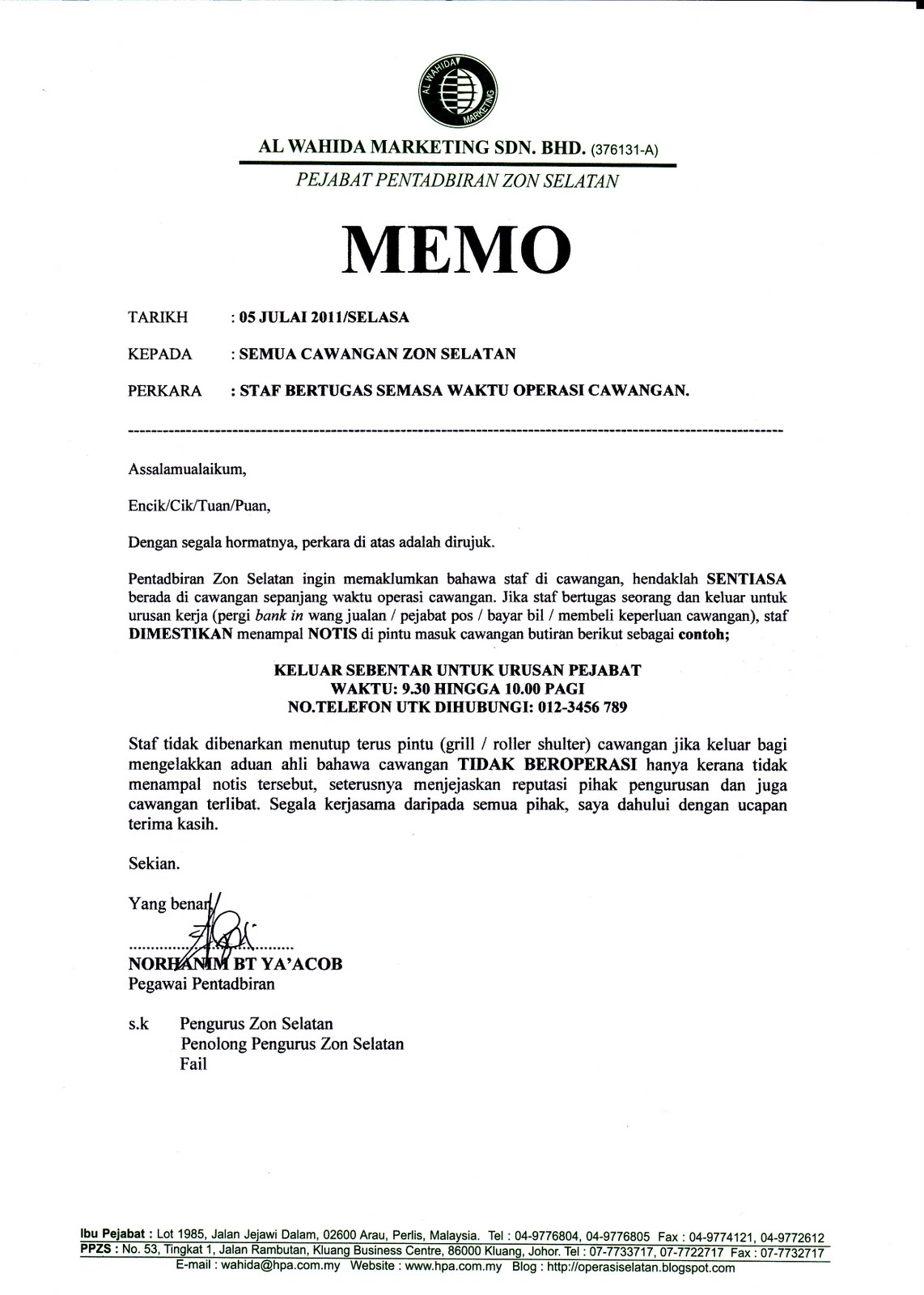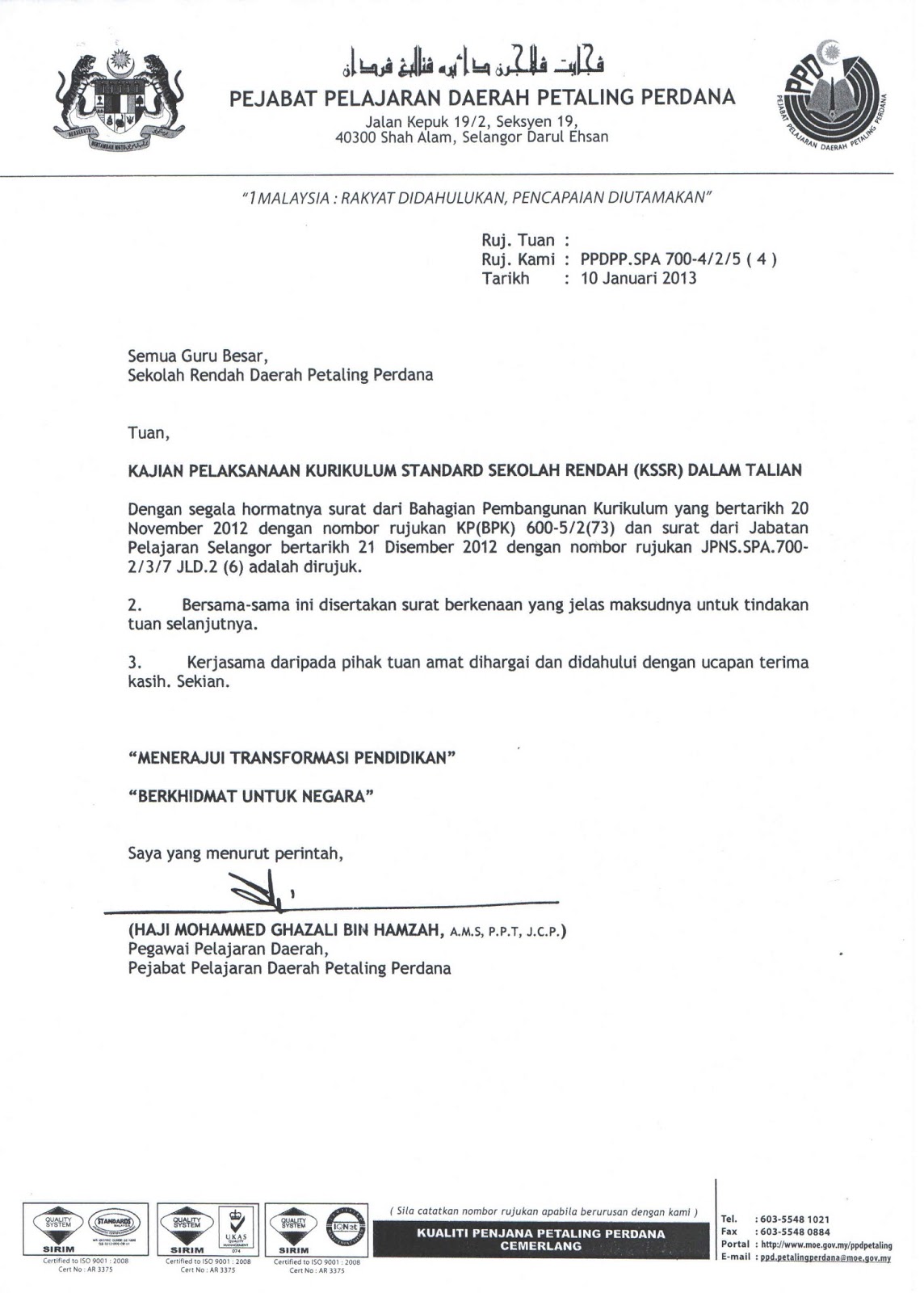Revolutionizing Work: The Rise of Out-of-Office Work Arrangements
The traditional office setting, once the mainstay of professional life, is undergoing a seismic shift. Increasingly, individuals and companies are embracing flexible work arrangements, with 'out-of-office' work becoming the new norm. This shift is driven by technological advancements, changing employee expectations, and a desire for improved work-life balance. But what exactly does this new landscape of work look like, and what are the key considerations for both employers and employees?
Imagine a world where your office could be anywhere with a Wi-Fi connection – a bustling coffee shop, a quiet home office, or even a beachside cabana. This is the reality for a growing number of professionals who are embracing out-of-office work arrangements. No longer confined to cubicles and traditional 9-to-5 schedules, employees are leveraging technology and flexible policies to create work styles that suit their individual needs and preferences.
The rise of remote work, telecommuting, and flexible schedules signals a fundamental change in how we perceive 'work'. It's no longer solely defined by physical presence in an office, but rather by outcomes and productivity. This shift requires a new mindset, one that prioritizes clear communication, trust, and a results-oriented approach.
However, this transition isn't without its challenges. Navigating issues like communication barriers, maintaining team cohesion, and ensuring data security are paramount for successfully implementing out-of-office work models.
This article delves into the evolving world of out-of-office work, exploring its benefits, challenges, and best practices. We'll examine the technological advancements enabling this shift, the importance of clear policies and communication, and provide practical tips for both employers and employees looking to thrive in this new era of work.
Advantages and Disadvantages of Out-of-Office Work Arrangements
Like any significant workplace shift, transitioning to an out-of-office work model presents both advantages and disadvantages. Understanding these is crucial for making informed decisions and maximizing the benefits while mitigating potential drawbacks.
| Advantages | Disadvantages |
|---|---|
| Increased employee flexibility and autonomy | Potential for miscommunication and misunderstandings |
| Improved work-life balance and reduced commuting stress | Difficulty maintaining team cohesion and collaboration |
| Potential for cost savings on office space and overhead | Blurred lines between work and personal time |
| Access to a wider talent pool beyond geographical limitations | Security concerns related to data protection and confidentiality |
Best Practices for Implementing Out-of-Office Work Arrangements
Successfully implementing out-of-office work arrangements requires careful planning, clear communication, and a commitment to fostering a productive and engaging remote work environment. Here are five best practices to consider:
- Establish Clear Policies and Expectations: Outline clear guidelines regarding work hours, communication protocols, performance expectations, and data security measures. This ensures everyone is on the same page and understands their responsibilities.
- Invest in the Right Technology and Tools: Provide employees with the necessary technology, software, and resources to perform their jobs effectively remotely. This includes reliable communication platforms, project management tools, and cybersecurity measures.
- Prioritize Communication and Collaboration: Encourage regular communication through video conferencing, instant messaging, and project management platforms to ensure everyone stays connected and informed.
- Foster a Strong Team Culture: Create opportunities for virtual team building activities, social interactions, and regular check-ins to maintain a sense of community and camaraderie among team members.
- Promote Work-Life Balance and Well-being: Encourage employees to establish clear boundaries between work and personal time, take regular breaks, and prioritize their well-being to prevent burnout and maintain productivity.
Conclusion
The future of work is undoubtedly evolving, with out-of-office arrangements playing an increasingly significant role. Embracing this change requires adaptability, a commitment to open communication, and a focus on leveraging technology to bridge the gap between physical and virtual workspaces. While challenges exist, the potential benefits in terms of employee well-being, productivity, and access to a global talent pool are undeniable. By implementing thoughtful policies, fostering a strong remote work culture, and prioritizing clear communication, organizations can harness the power of out-of-office work to create a more flexible, engaging, and ultimately, more successful future of work.

(Download PDF) Borang Kebenaran Bertugas Di Luar Pejabat | Kennecott Land

Contoh Surat Arahan Bertugas | Kennecott Land

Mengisi Borang Contoh Borang Permohonan Kerja Kosong | Kennecott Land

Contoh Surat Permohonan Kerja Latihan Industri | Kennecott Land

Surat Arahan Bekerja Pdf | Kennecott Land

Contoh Surat Arahan Menjalankan Tugas Rasmi Contoh Surat Peringatan 1 | Kennecott Land

Contoh Surat Pertukaran Tempat Kerja | Kennecott Land